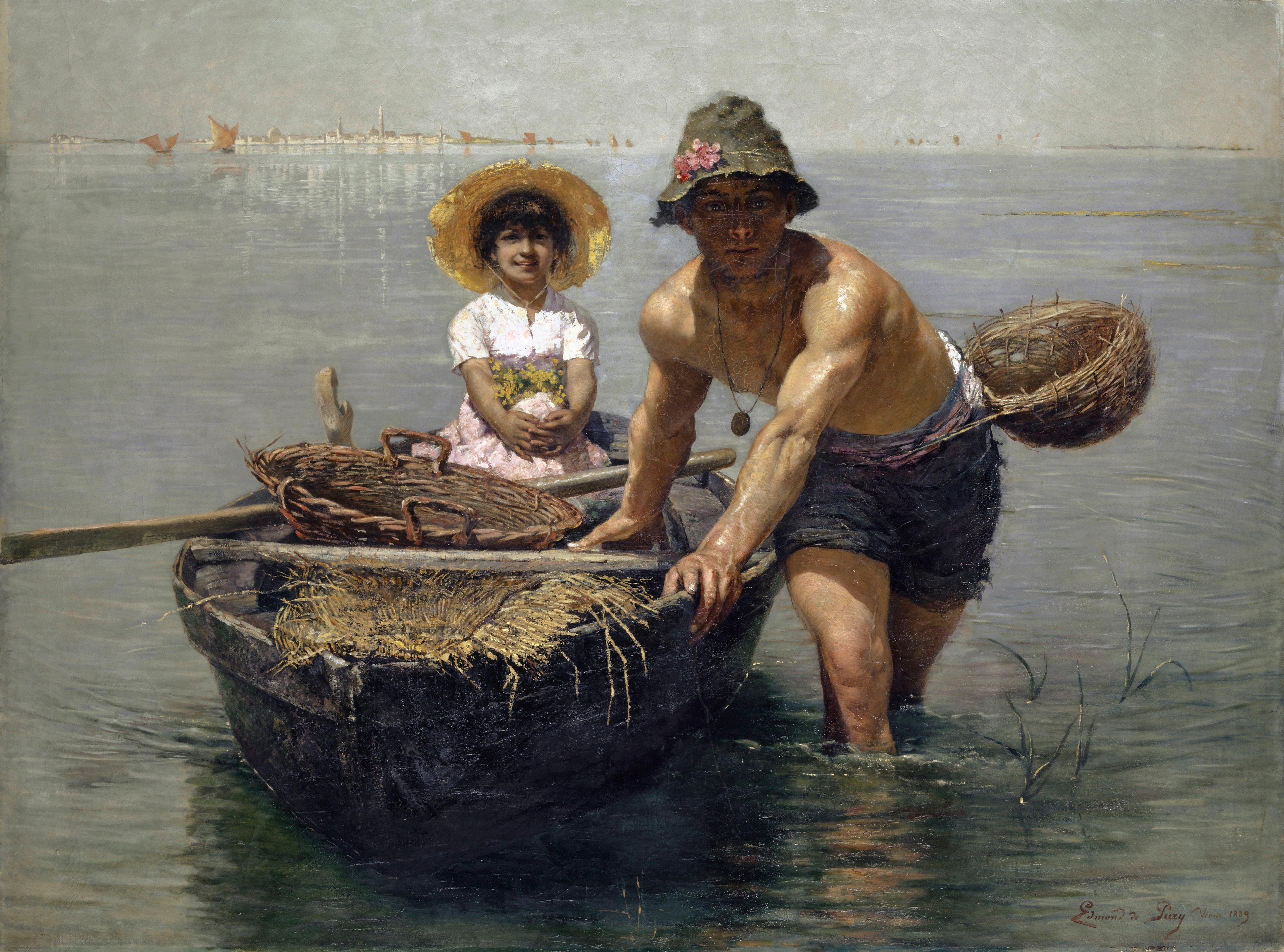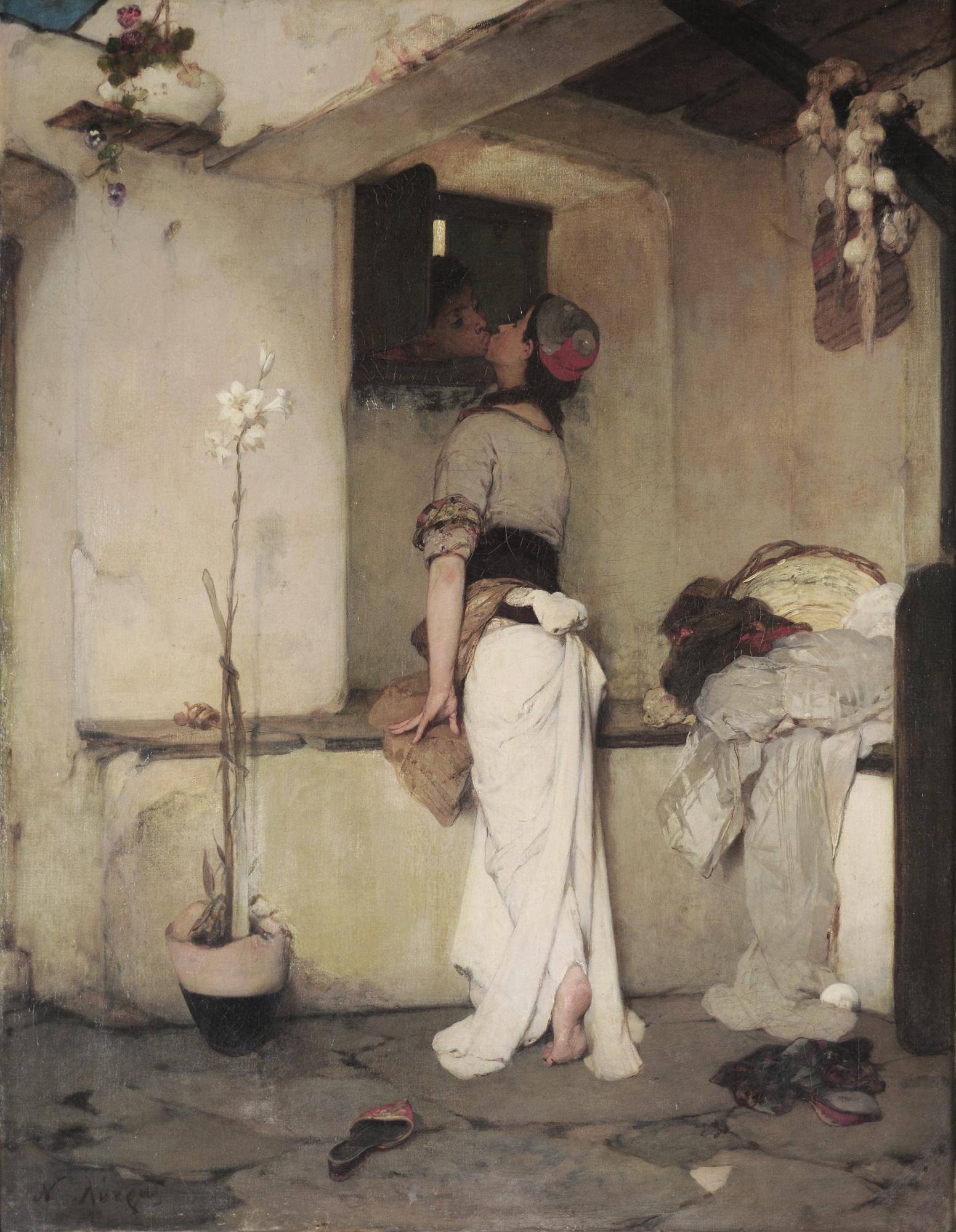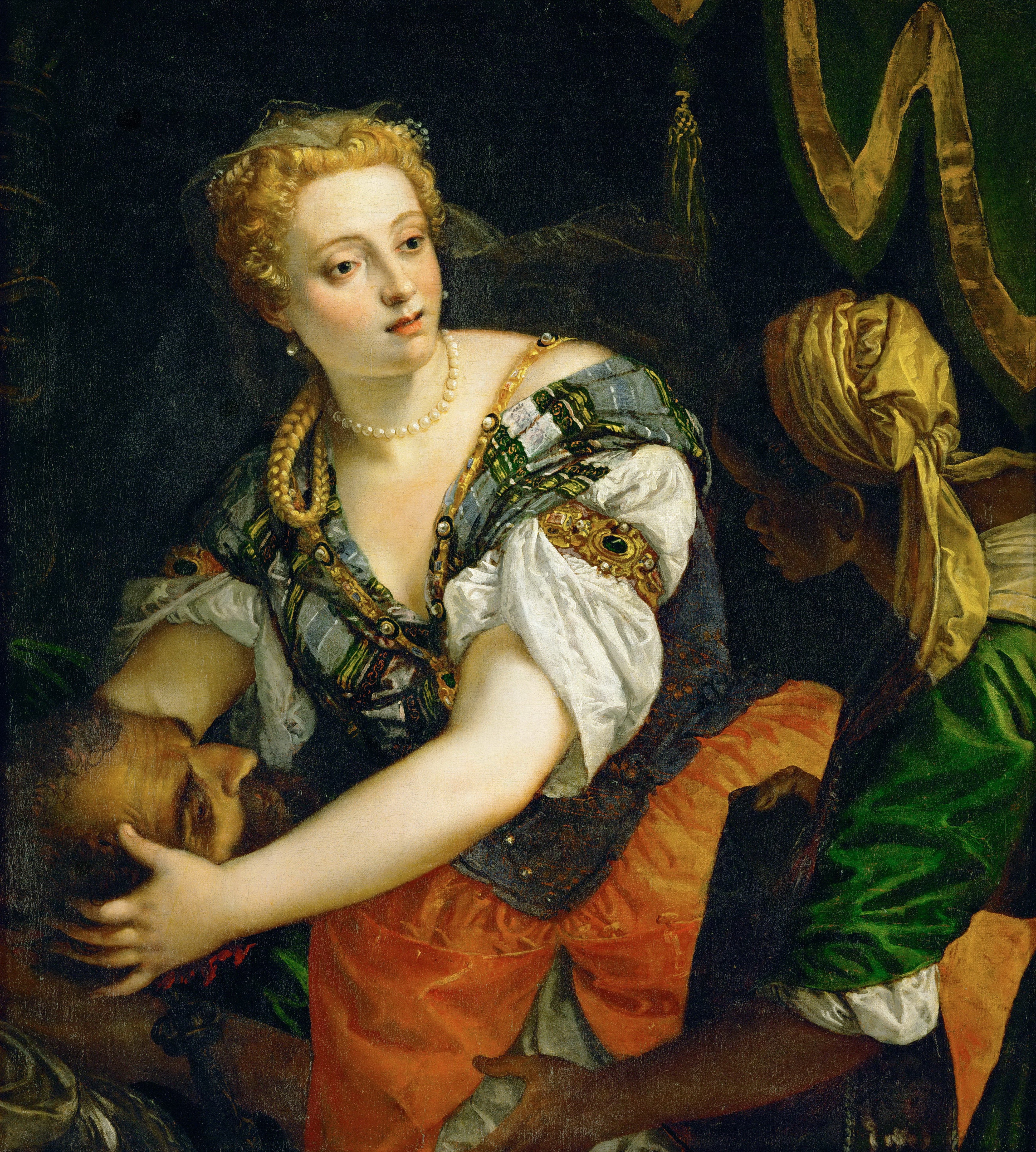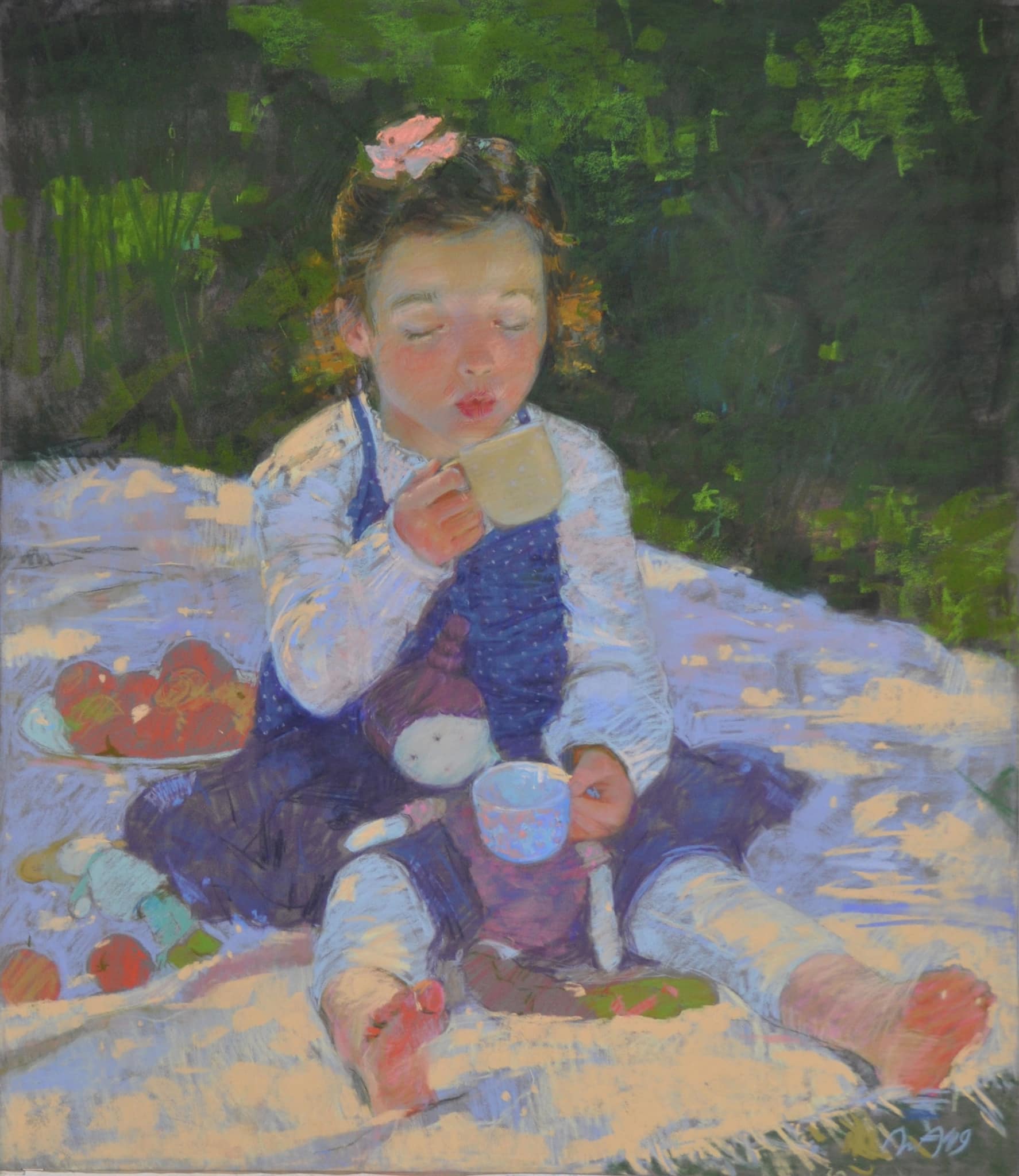Antonio Bueno (21 July 1918 - 26 September 1984) was an Italian painter of Spanish origin, who acquired Italian citizenship in 1970.
He was born in Berlin while his journalist father was posted there by the newspaper ABC of Madrid.
Bueno undertook art studies in Spain and Switzerland. In 1937, he was in Paris, where he exhibited at the Salon des Jeunes; then in 1940 with his brother Xavier, he moved to Italy.
After a post-impressionist experience, immediately after World War II he joined the school of Armenian artist Gregorio Sciltian, painting trompe-l'œil work.
Antonio e Xavier Bueno | La carrozza (Passeggiata alle cascine), 1942







